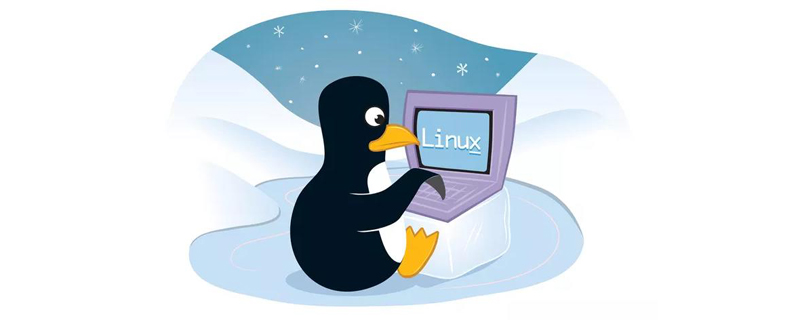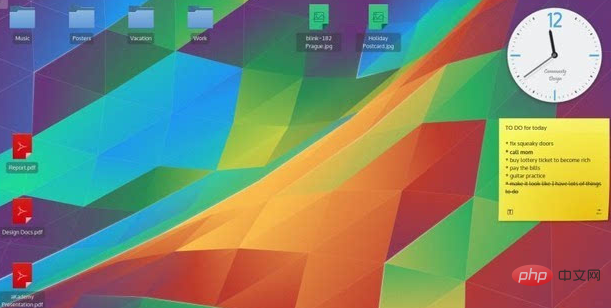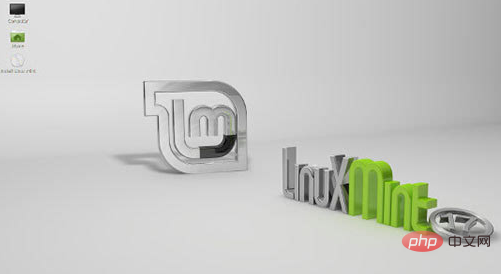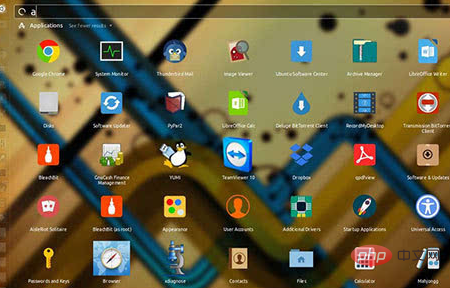

1. KDE
When it comes to the Linux desktop environment, KDE has to be mentioned. Some people say that it is the king of traditional desktops. This is not true at all. That's not an exaggeration; in contrast, KDE is very dominant in the choice of Linux desktop environment. In recent years, KDE has been ranked the best Linux desktop in the Linux Journal competition. Development of KDE began in 1996, and the first version was released in 1998. It should be said that KDE is very customizable and you can customize almost anything.

Compared with other desktop environments that require the use of additional tools to customize, KDE is very flexible because it has integrated all of this into the system settings, so Users can personalize their desktop without the need for additional auxiliary tools. It can be said that KDE packages all the basic applications and tools you need, so it is very convenient.
(Free video tutorial recommendation: linux video tutorial)
Many popular Linux distributions provide KDE. Currently, the main Linux distributions that use KDE as the default desktop environment are openSUSE and Kubuntu.
2. GNOME
The first version of GNOME was released in 1999. It is a very popular desktop environment with many branches, such as Cinnamon, Unity, etc. . Its customization is not as flexible and complete as KDE, but it can be customized through third-party applications, such as gnome-tweak-tool.

Gnome is the default desktop environment of Fedora. Currently, the main Linux distributions that use GNOME as the default desktop environment are Debian, Fedora, openSUSE and Ubuntu GNOME.
3, MATE
The emergence of MATE is a branch created based on the code of GNOME 2 that is no longer maintained. It was originally created for users who were disappointed with GNOME 3. development. Nowadays, it has also won the favor of many developers.
The advantage of MATE is that it consumes very little resources, so if you have a computer that is not very high-end and runs slowly, I believe you will not go wrong by choosing MATE.

In terms of personalization, the basic applications that come with MATE are all copied from GNOME 2 for integration. It supports panel systems, menus, applets, indicators, etc. that can be pressed User requirement configuration.
4. Cinnamon
Cinnamon is the default desktop environment of Linux Mint. Although it looks like the Windows user interface, it is highly customizable and does not require Any additional plugins, widgets and configuration tools to customize the desktop.
Cinnamon is developed from GNOME 3, but it is more fancy than MATE. The user interface similar to Windows makes Cinnamon a good choice for some beginners.

Cinnamon serves as the default desktop environment for Linux Mint, however, many other Linux distributions also offer their own flavor of Cinnamon.
5. Unity
Unity is the default desktop of Ubuntu. It is also the desktop where many beginners first come into contact with Linux functions. It is a desktop optimized for touch. Its original development purpose was also to make full use of the small screen of the netbook. But as we all know, netbooks were ultimately not recognized by most users.

Unity is also based on the GNOME left environment. It was first released in 2010. As a graphical user interface developed by Canonical, it has undergone several major improvements. , can finally be installed on the distribution like any other desktop.
Recommended related articles and tutorials: linux tutorial
The above is the detailed content of Introduction to linux desktop environment. For more information, please follow other related articles on the PHP Chinese website!